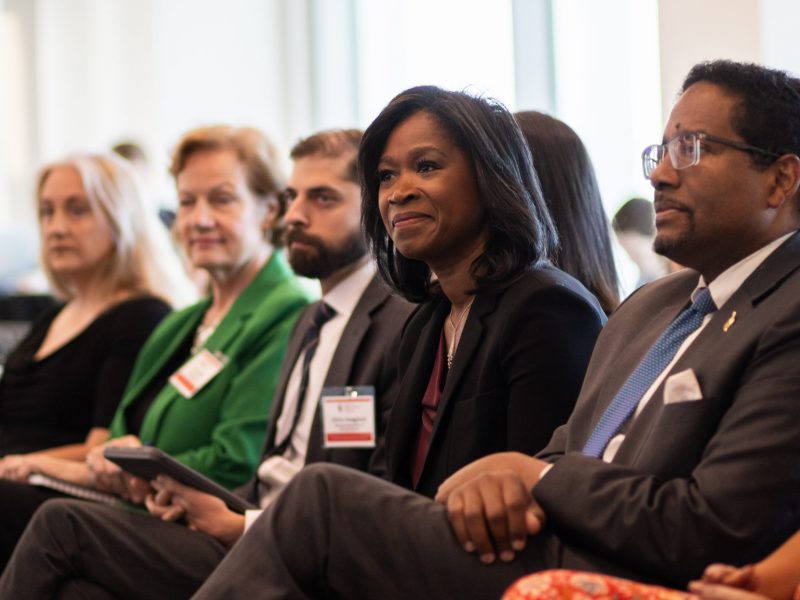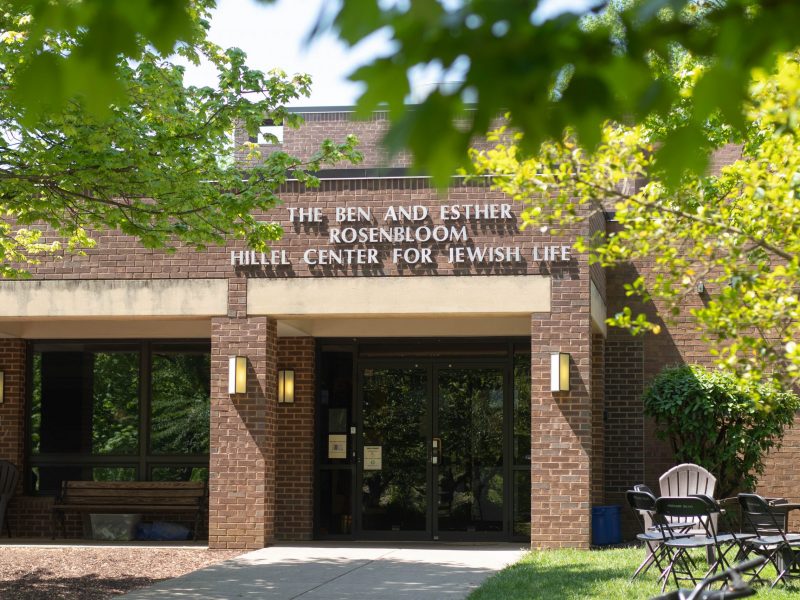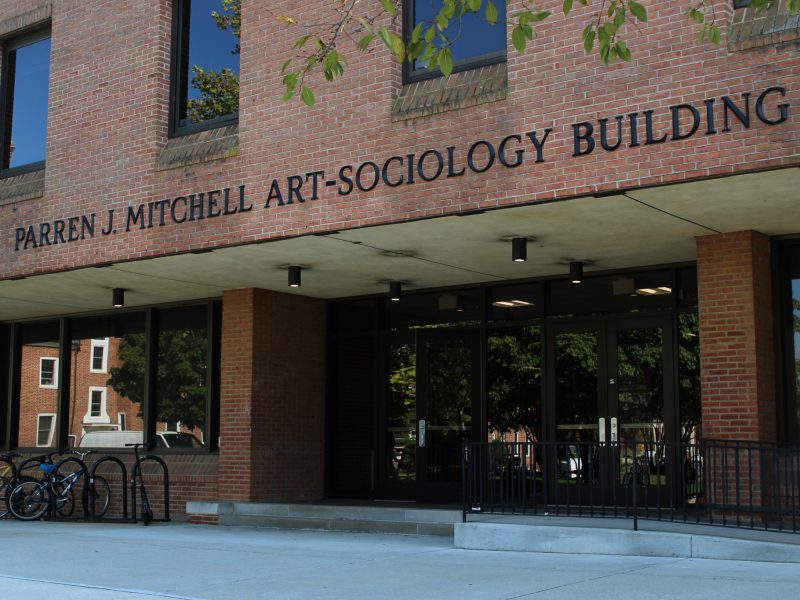In the last year, the University of Maryland has reduced its net carbon emissions, but increased its landfill waste generation and water consumption, according to the Office of Sustainability’s 2018 progress report.
Construction is the root of more than 70 percent of campus waste, the report said, although more than 88 percent of construction waste was recycled. Outside of construction, the university is actually decreasing its waste, but more of it has ended up in landfills over the last four years, the report said.
Water use has been on the rise for three years in a row, in spite of a university pledge to decrease annual water purchasing by 20 percent — or 100 million gallons — by 2020.
[Read more: You’ve heard of AlcoholEdu. Now, UMD students are working on GreenEdu.]
Due to to new refrigeration and dishwashing systems, dining hall water usage decreased 30 percent. Campus pools now use moss filters instead of chlorine to save water. But despite these changes, the university’s water usage still increased by almost 25,000 gallons.
Office of Sustainability Project Manager Sally DeLeon said the campus steam pipes might be to blame. She said water might have been lost through leaks in the system, which she said are “pretty old and in disrepair.”
The university also reduced its office paper purchases by more than 5.5 million sheets and cut its energy consumption, with more than 145,000 megawatt-hours coming from purchased renewable energy — 50 percent more than 2016-17, according to the report.
Overall, DeLeon said, 2017 brought steady progress toward the university’s sustainability goals. One of their main focuses, she said, was working toward a 50 percent reduction in net carbon emissions compared to 2005. This past year, the university reached 49 percent.
[Read more: This UMD invention will use lasers to aid the fight against climate change]
To achieve the emission reductions, the university’s Sustainability Council implemented the Carbon Neutral Air Travel Initiative, which offsets carbon emissions from university-related air travel.
Evan Ellicott, an advisor for the behavioral and social sciences college’s Sustainability Task Force, wants to enact programs such as investing in renewable energy sources or planting trees where there originally were none, a process called afforestation.
“There’s this idea of buying credits to offset what you’re doing,” said Ellicott, a geography professor.
The university’s goal is to achieve carbon neutrality by 2050, but Amelia Avis, the Student Government Association’s sustainability director, is pushing to move it up to 2025 amid the program’s success.
To achieve that, DeLeon said, the office must seek other ways to reduce carbon emissions and find new ways to pay for them.
“With students feeling this sort of existential fear of climate change, it feels like things have been stagnant for too long and we needed more commitment,” Avis said.
Students are also pushing for Dining Services to replace its single-use disposable items like stirrers, utensils and straws with compostable ones. An annual 6.3 million single-use items have already been removed from the campus waste stream.
To keep making progress on sustainability, Dining Services adopted a new set of standards as part of the university research collaborative Menus of Change. The department is currently undergoing an internal assessment to gauge its success in implementing Menu of Change’s 24 principles for a healthy and sustainable menu, such as serving less red meat.
Avis, the sole undergraduate member of the Sustainability Council, agreed that red meat and reducing single-use plastics were among the top concerns for students.
“I’ve had a lot of students sort of be frustrated that Dining Services does not offer as many meatless options as they could,” said Avis, a senior government and politics and public policy major. “They continue to offer a heavy amount of red meat options, which students are beginning to see is really environmentally harmful.”
Other student interests include sustainable urban planning, green stations on campus and a more pedestrian and bike-friendly College Park. Environmental student groups such as Sustainable Ocean Alliance, MaryPIRG, Citizens Climate Lobby, the Wildlife Society, Engineers Without Borders and Solar Decathlon also met Friday as part of the beginning stages of forming a Sustainability Coalition.
“Environmental student groups are sort of realizing the need to organize around these issues and present a unified front,” Avis said. “I think student groups are really mobilizing around big important issues and finding the most effective ways to do that.”



